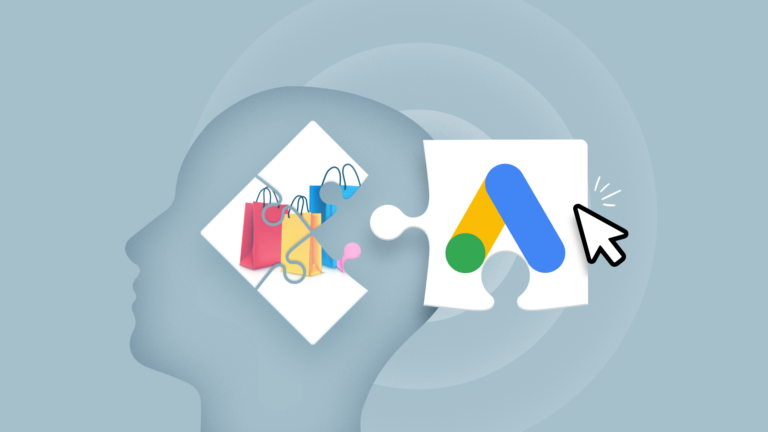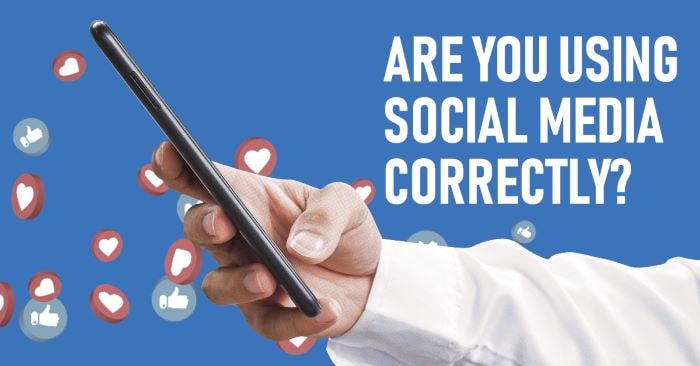Truelogic Episode 52 Recap: Raging Against The Smart Machines: Why People Are Going Back to Basics
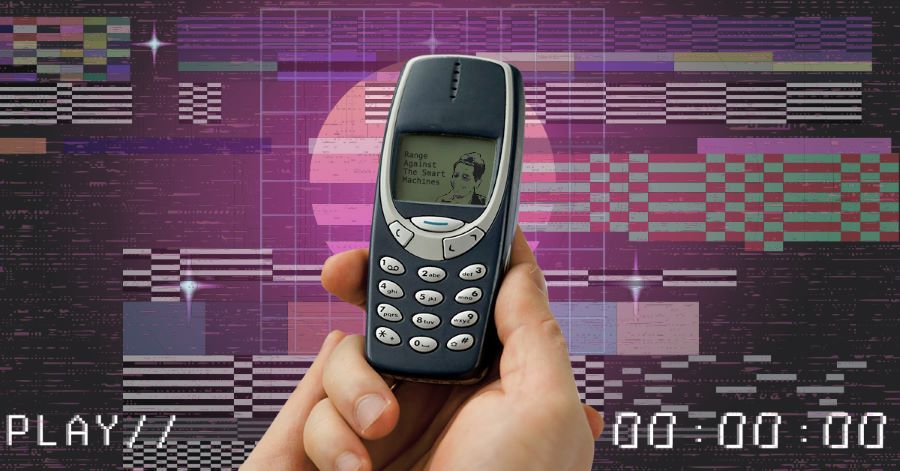
First, it was disposable cameras. Then it was low-rise jeans. Gen-Z’s latest fascination with all things vintage is the flip phone, a phone from the mid-1990s that has suddenly become popular among millennials. These smaller, lighter devices now appear in TikTok videos of young people unboxing them, decorating their cases as previous generations did, and creating tutorials on achieving a relaxed, blurry aesthetic with low-quality cameras.
In this episode, we explore why analog phones are making a comeback, from the allure of nostalgia to the appeal of a more straightforward user experience.
Podcast Transcription
Berns San Juan: Nostalgic. If you are old enough to recognize that ringtone, you are the right audience for this podcast. So today I’m going to talk about the rage against smart machines, the resurgence of analog phones, and why some people are going back to basics. On this first anniversary episode of the Truelogic DX Podcast, I’m going to do something very counterintuitive. Most of the time, these are digital conversations. We’re going to talk about undigitizing.
So one of the things that I really love about the work that I do is there’s a lot of my time that’s really spent on research, on testing, and when I get curious about a topic, we put some resources into it, into studying it and so on and so forth. So if you are a rich heiress with a stalking streak or if you’re an assassin that I wronged, sometime in the past, you’ll find me in Green Hills every Saturday there, boom! Dead! And one of the things that I noticed was Nokia phones getting sold in stalls in Green Hills. And this was happening maybe four or five years ago, even before the lockdown and I was thinking, “What’s up with that? And is that really a thing?” And of course, the phone models I saw were some of the phone models that I had in college. Some of them were the phones I had when I already had my first job. So I was wondering where’s this trend coming from.
And a lot of people may not know, but God bless the Gen Zs for generational appropriation. First, it was vinyl records and then low-rise jeans, and now, boom, here we go Nokia phones, analog phones, flip phones, insane. So there are a lot of trends that are coming back into the mainstream, some of which I just already mentioned. And recently, there’s been a surge of content online about unboxing videos on older phones on TikTok. I even saw some of the content producers that I follow on YouTube doing the recordings on now-specialized machines, not on their phones. They’re doing the recordings on specialized machines and how they were saying they wanted to do a two-month experiment on giving up their smartphones and they wound up being permanently disconnected from their smartphones. I think the pandemic sort of put a stop to this to a degree, because we had to scan QR codes, we had to download our vaccination, proof of vaccination, and so on and so forth. So in this episode of the Truelogic, the DX Podcast, let’s take a look at what’s causing the trend behind a return to analog. Why so many people are raging against the machines or the smart machines, and whether you are inclined to join that trend?
The recent trend of people using analog phones again
The International Data Corporation made an estimate in 2022 and they expected foldable flip phones, not all analog phones, right? Like an old Nokia 3310, sorry, the more modern one isn’t even counted in these stats. But flip phones are expected to reach 29 billion by 2025. That’s insane. That’s a compound growth of like 70%. That’s crazy. Samsung has shipped over 10 million units since the first generation model came out. And right now they’re accounting for like 88% of the global foldable smartphone market as of 2022. But foldable phones, analog phones, have been gaining market share year over year over year. And there are reasons why I think people are moving into this space.
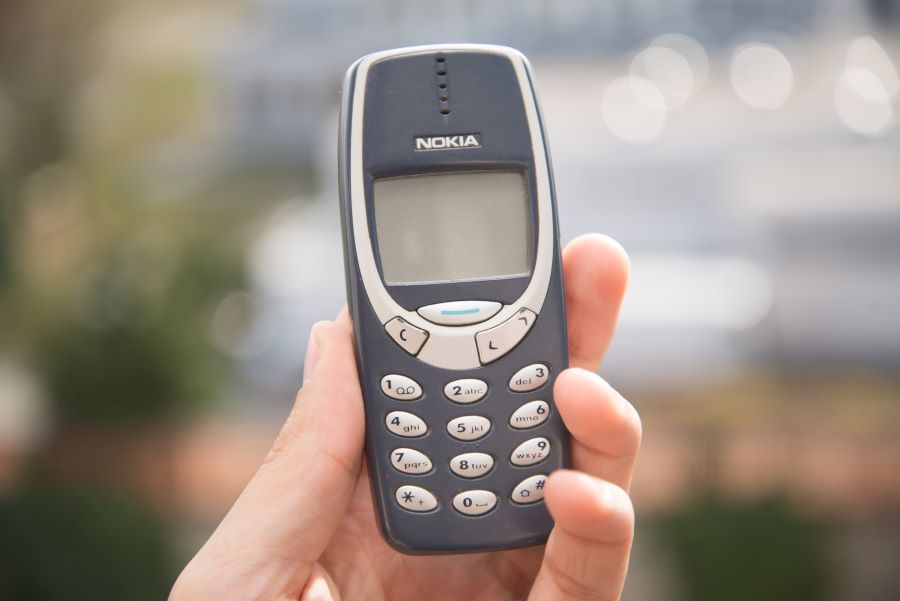
Smartphones Usage Statistics 2023
I think the best way to figure that out is to take a look at some of the more negative statistics that our smartphones have had on us as a society, and on us as individuals. Take for example, there are several studies, by the way, so feel free to cross reference this with sources. You don’t necessarily need to take my word for it. The sources are many international Data, BBC, and so on and so forth. But take for example, the average smartphone user checks their phone about 55 times on the low, like in a range of the number of times we check our phones 55 times in the low range. We check our phones on a daily basis. The average person touches their phone 255 times a day. That’s crazy. I know parents that don’t touch their kids 255 times a day. That’s a crazy stat. Let’s take the average person in the west as an example.
The average person in the western hemisphere spends an average of 4.8 hours glued to their screens, right? In fact, in the west, maybe more so in the Philippines, they no longer have teenagers, they have screenagers. In the Philippines, we are worse. Take that 4.8 hours figure and add 6 hours. The average Filipino will almost 6 hours. The average Filipino spends about 10.25 hours on their phone. So I think part of the reason why people are moving into analog technology is that, like they say in Congress, “Mr. Speaker, reclaiming my time.” I think a lot of people are doing this in order to reclaim their time. And there are a lot of compelling stats for this, right?
Like, take, for example, the correlation between suicide and smartphone usage. Smartphone addiction has a 71% correlation to exhibiting suicide risk factors. Nine out of ten parents say they have to supervise the smartphone usage of their kids. Almost one in two parents believe that their kids have a smartphone addiction. So, in essence, that’s every child. Because if you do one in two parents, that’s every child. So almost one in two parents or short 47%, roughly 47% of parents believe that their children have some form of smartphone addiction. 39% of millennials, or actually, sorry, 36% of millennials say they probably burn more than 2 hours of their time looking over their phones during work hours. Because remember, millennials are working age now, right?
Let’s talk about the average adult. The average adult is on social media, for about 45 minutes at least. At least. So everybody is saying they feel overwhelmed by push notifications, text alerts, and so on and so forth. Nine out of ten Filipinos own a smartphone. 96% of Americans own a smartphone. So there’s a lot like our smartphones take a lot of time from us. I mean, just take the stats. 10.25 hours, right? If you are a productive working Filipino and you’re on your screen 10.25 hours a day and you work 8 hours, so that’s like 18 hours of your day go without even taking showering into consideration, you already don’t have enough time for sleep. So I think for many of us, our smartphones have really just sort of taken a life of their own and they’ve sort of taken over our lives. In fact, I think when AI and machines take over the world, this is what it’s going to be like. It’s going to be silent, we’re going to enjoy it and it probably will happen through thunderous applause.
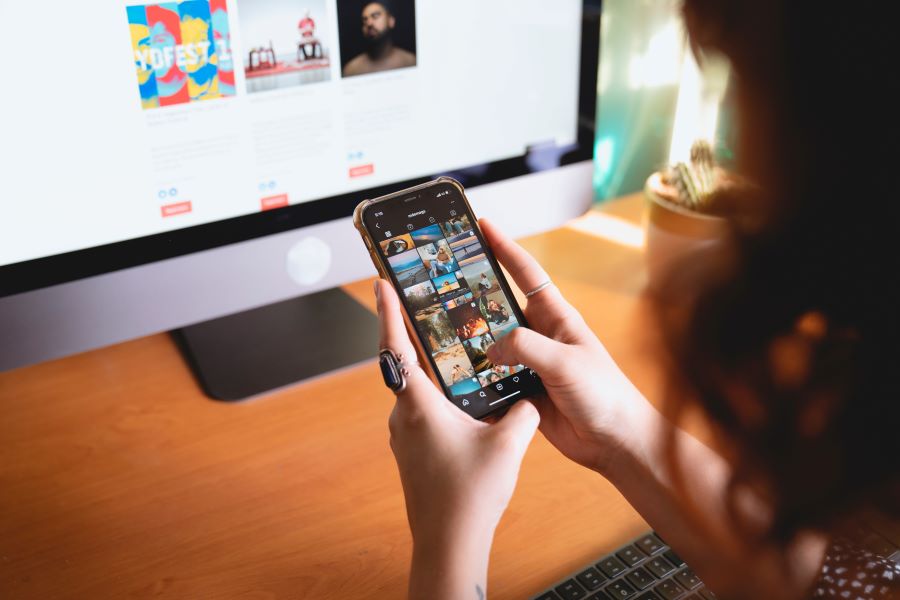
The Appeal of Analog Phones
So let’s talk about some of the people that are taking the lead in terms of why people are taking their smartphones or why people are ditching their smartphones and moving to analog phones. So, great example. When I moved to my first iPhone in 2008, and I’ve been on an iPhone ever since, I came from, I think it was a Nokia 3300, it was a music phone. It was a music phone. And one of the things I enjoyed the most about my phones was that I could save mp3, and I could save my music on them. For me, that was a big deal because I needed to plug in a headset and I could run with my phone. That was the big deal. Phones actually made the Walkman obsolete for me, so it was a terrific device.
But of course, you didn’t have social media in 2008. We didn’t have… well, we did, but it wasn’t a thing. It wasn’t part of our lifestyles. We weren’t keeping tabs on our friends. We didn’t want to know what our cousins and siblings were up to, what our parents are up to, or what our teachers are up to. We didn’t really need to post about our lives. We didn’t need to update what our public statuses were. We didn’t need to let people know who we were dating. So it was an entirely different world back then. And so your phone was really there and already as early as the ’90s, I thought kids on cell phones, that’s a bit ridiculous.
I remember my college friends, almost everybody had a phone. And even back then I thought this is a bit ridiculous because how important are we? We’re kids, we’re students. Why would anybody need to text us at any point in time? Why would anybody need to call us from out of the blue at any point in time? Especially if you had a phone, it was very likely your parents did not and they’re not really going to text you from the landline, right? For those of you that are listening and don’t know what a landline is, you’re not the target audience of this podcast. I’m just saying. For some of you that are listening that are too young, you might be thinking, “Oh, the landline? That thing that my fiber cable is going through? ” Yes, that thing. That’s your landline.
-
Analog phones sort of bring us back to the essentials.
They allow us to reclaim our time. We don’t get interrupted. Our phones have a lot of ways of interrupting us. It’s because we’ve given it a lot of excuses to interrupt us. Take for example, if I was scheduled to go to the gym an hour from now and I realized that at the time I was going to go to the gym, my battery power was 20%. That is enough to either kill my gym schedule or move my gym schedule one to two hours forward because I need my phone charged because my music comes from my phone. That doesn’t necessarily have to be the case. That’s just the way we shaped our lives around our phones. Even worse, I think for the sake of productivity and for whatever reason we like to integrate our work onto our phones.
I actually sort of don’t. There are some essentials I do on my phone. Take for example, if I need an app to approve payroll or whatever, then sure, I integrate that with my life. But whenever I work, I use a separate dedicated work device. So I don’t like checking my email. I will if I have to, but I don’t like checking my email on my phone. I don’t allow my email to pop notifications on my phone. I do not allow Skype or other messaging apps to pop notices on my phone. I like to go to my messaging apps, to my productivity apps at allocated times of the day, or else, they can very quickly take over my life.
-
Analog phones have no ability to blend your work into your life.
I think from a work-life balance perspective, they’re just significantly better. Another reason why I think people are just going back to the basics is well, the other thing that I will say, is battery life. Have you guys tried an analog phone? The battery life is amazing. I have to charge my iPhone twice a day. But the battery life, the practicality, the weight, but it also sort of keeps you to the essentials. We don’t need to be ultra-connected all the time. And the sales for Nokia and for the other brands that have started selling analog phones again have begun to rise.
So for Nokia, they started rolling out these non-android smartphones and they started to sell more and more and more units worldwide. I think in the best period, I think one of the most popular units, the 3310, I think sold about 126,000,000 units. That was Nokia in its heyday. But in 2022, Nokia sales figures, or Nokia started to sell new phones. Nokia branded devices started going out in the market in 2022. They already have their sales figures out. And the market is growing. Like the market is growing, these are some pretty nostalgic phones. I think some of the most popular ones, I’ll just bring it up, right? I see some of the more popular models that they currently have out there. There is a new 3310, and a 105 that’s relatively new. I don’t remember that there’s a Nokia 150, there’s a Nokia 1100. These are still all phones you can buy today. Sure. Semi-ridiculous, semi-ridiculous, but functional. And they don’t cost an arm and a leg.
If I’m not mistaken, I think I got my car mechanic at 3310, and I think I got it like 1200 pesos thereabouts, so not insanely expensive and enough for me to be in touch with him and so on and so forth. And for all of the people, for all of the influencers that I’ve followed on YouTube that have disconnected, that have switched to analog, there is a general consensus. They feel that their days are longer, they feel less depressed, they don’t feel a lot of FOMO, they are at more peace with themselves, and they feel less anxiety. So I guess if you’re part of the audience that’s listening to this and you’re realizing that these are the challenges you’re facing, you feel challenged in terms of a sense of fulfillment, in terms of not enough time, in terms of anxiety, in terms of depression, might be a good exercise. Maybe you might be the next person that tries to disconnect for two weeks and might realize after a year you’ve been disconnected and happy.
And so that’s all I’ve got for you guys on this episode of the Truelogic DX Podcast. Join me for the next episode. But before I say bye, I do want to thank our friends at Podmachine for powering our podcast. And if you’ve got a comment, if there’s a topic you want to talk about, feel free to hit us up on Facebook and on YouTube. We do upload these on YouTube shorts, and if you’ve got a comment, drop us a line. Subscribe to our Spotify, Google, and Apple accounts so that you can get alerts whenever we publish a new one. We do look at our social media channels. Thank you very much and see you on the next episode. Cheers.


